Thursday, February 5, 2015
By Joan M. Baril
Winter is coming and everyone grieves. Or so it seemed in
the bank last week. “The weather is horrible, horrible,” said the woman behind
me in line. I wanted to say, “this is January. This is Northern Ontario. It’s only
minus 15 out. Not really that bad. Suck
it up, Buttercup!” Even though I said nothing, the incident got me thinking.
Later, as I drove to the gym, I saw a woman run to her car
wearing jeans and a heavy sweater but no hat, boots, scarf or mitts. I too was
poorly dressed on the way to Curves in work-out pants and runners. I was very
aware that my good winter jacket was not enough to prevent the shivering as I
waited for the car to warm up. Almost every one who arrived at the gym complained
bitterly about the weather. Yet none of them was dressed for winter.
It occurred to me that when I was growing up in Thunder Bay
I never heard as much grumbling about the weather as I do now. Perhaps, in
those long ago days, there was no alternative, no “down south” to go to, no
television ads of Caribbean resorts to provide an alternative, if it only as a day
dream. Also we had never heard of the ominous Polar Vortex or the Alberta
Clipper and the local officer of health never gave out snow warnings. We mostly
got our weather report by checking the outside thermometer and looking out the
window.
In my long a go ‘40s and ‘50s, people dressed for the
weather every single time they stepped out the door. They did not run for the
car and drive off waiting until the heater kicked in to warm them up. Most women had no car to run to. Many, like
my grandmother or aunt, walked to the streetcar stop and then waited outside
until it arrived.
My family lived on upper Van Norman Street and so, when my
mother went shopping, she walked the three or four blocks down town no matter
what the weather. I do not remember her complaining about the cold on the walk
down the hill or as she moved from store to store. And why should she? She was
warm.
What did she wear?
A wool vest next to the skin and a pair of rayon wide-legged
panties completed the first layer. Next came a long corset which in itself must
have been warm. The corset had suspenders which held up warm stockings, usually
of knitted cotton. A pair of wool
bloomers or snugglies went over all. The snugglies were made of knitted wool,
the legs in the shape of wool tubes which came to the knees. A cotton or rayon
slip topped the underthings and provided a fourth layer while the long sleeved dress,
usually of wool crepe, was the fifth but not the last.
A wool scarf went around the neck and this scarf was sometimes
pulled up over the face on windy days. Next came the muskrat coat, heavy and
very warm. It reached almost to the ground covering most of her body. On her
head, she wore a hat or a knotted triangular scarf. Knitted gloves, sometimes
fur lined, completed the outfit. If her hands got very cold, she had plenty of
room for them in the deep pockets of the fur coat. Her boots were fur lined and
reached just above the ankle.
I do not remember if her fur coat had a hood but my aunt had
a cloth coat with a fur-edged hood. This long voluminous covering sported a wide fur
collar that could be pulled up over the lower face on a windy day. Cloth coats
had quilted linings and were almost as warms and heavy as the fur coats.
What did I wear as a child?
First came cotton panties and a short-sleeved woolen vest
and over this a cotton garment called a waist which held the suspenders for the
wool or ribbed cotton stockings. The bare section of the upper thighs between
the panties and stocking tops was well covered by the heavy flannel bloomers
which reached to just above the knees. I did not wear a slip and usually not a
dress. I wore a woolen skirt, and a thick wool knit sweater with long sleeves.
I then struggled into the snow pants which were made of woolen cloth or later,
some sort of padded material. These had cuffs on the ankles to keep out the
snow. Some snow pants added a bib for extra warmth to the chest area. If the weather was fairly mild, the wool scarf
crossed over the chest with the ends tucked into the waist band of the snow pants.
However, if it were very cold or windy the scarf was often wrapped around the
neck, another turn covered the mouth and sometimes a third turn covered the
forehead. After donning a knitted hat, I put on the long snow jacket. The hood was
always worn pulled up and I remember a scarf was often wrapped around the
bottom of the hood to hold it in place. Wool socks went on the feet over the
wool stockings and the boots were pulled on over that. Lastly came the woolen
mittens, either one or two pair worn one inside the other. By the time we were
five or six years old, we pulled on all this outerwear—snowpants, jacket, scarf,
mitts, socks and boots— ourselves. At school, we had no help and we repeated
the dressing and undressing eight times a school day. Only on extremely cold
days did we stay in for recess.
We never went outside for any reason without wearing the
entire kit. No one ran to the store in their shoes, without mitts or gloves, or
without a coat or hat. To do so would not have seemed sensible. In fact, it
would have seemed stupid. If my mother had seen the parade of poorly dressed
women coming into the gym in January 2015, all whinging about the cold, she would not have been able
to understand it.
I loved winter. Only occasionally was I cold. Usually, it
struck my feet first, especially if I was standing watching an outside hockey
game. My boots were not especially warm; they were the weak link in the outfit.
Also after an hour or so of tobogganing or playing in the snow, my woolen mitts
would get wet. But coming and going to school, or on errands for my mother, or
on visits to my friends, I do not remember ever being cold and I certainly
would not say, the weather is horrible.
Subscribe to:
Post Comments (Atom)


















































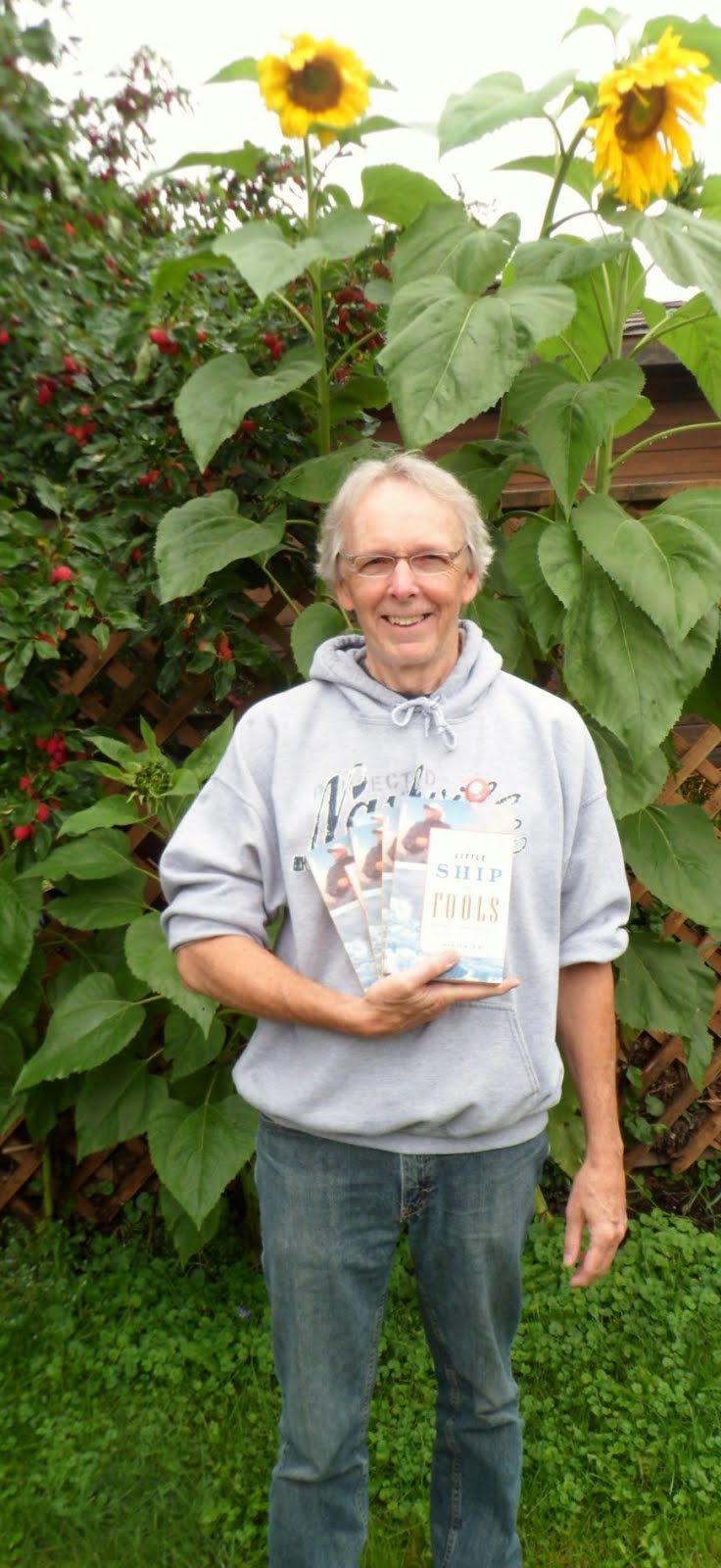





























































































































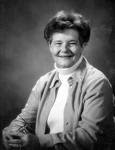


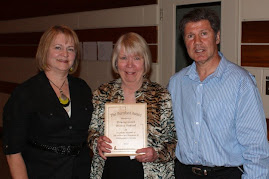









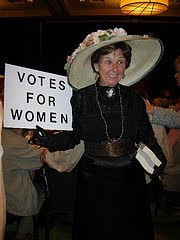





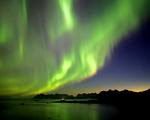










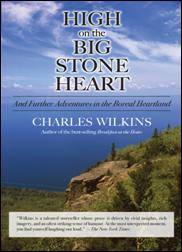



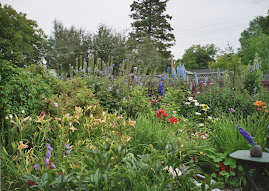

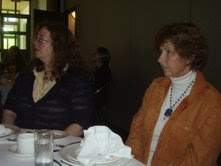











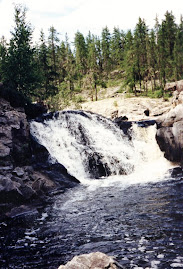




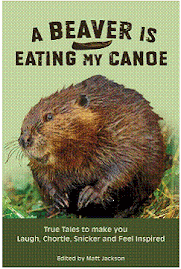




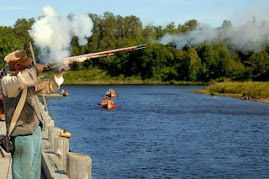
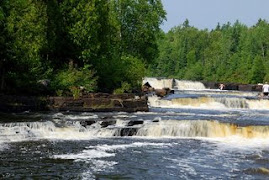

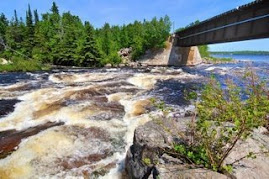
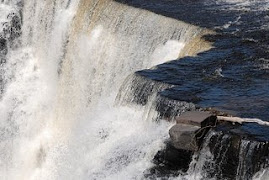





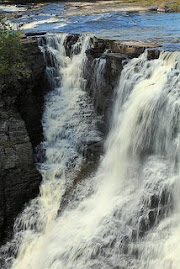

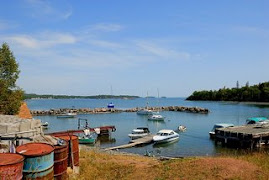

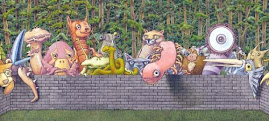
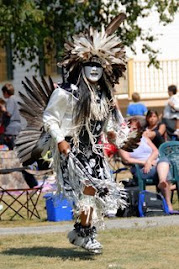
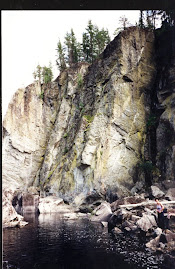
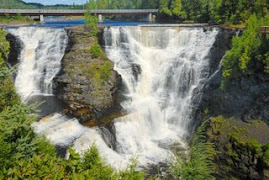
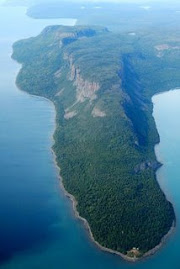
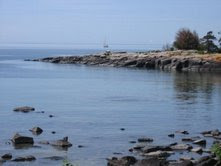

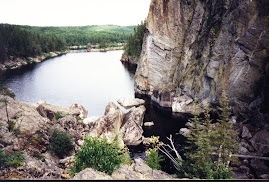
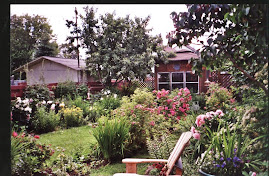
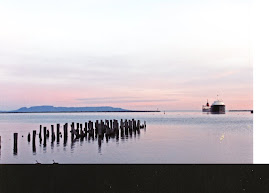







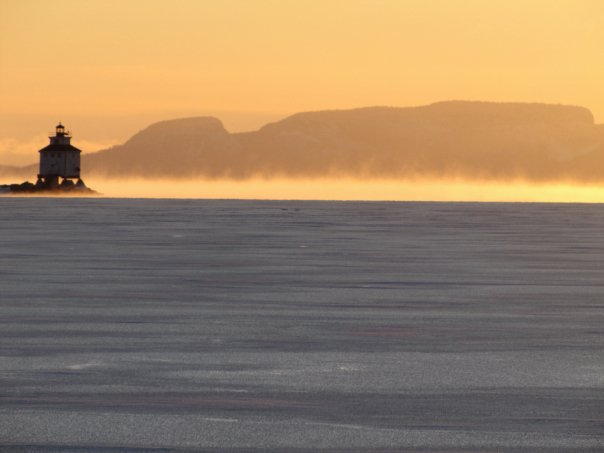

No comments:
Post a Comment